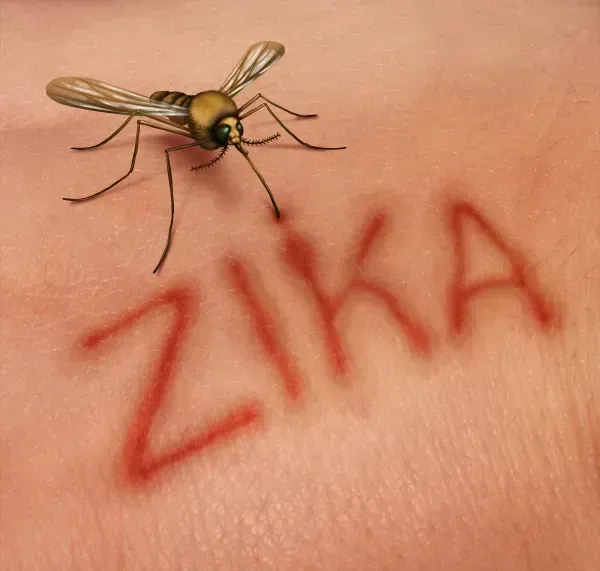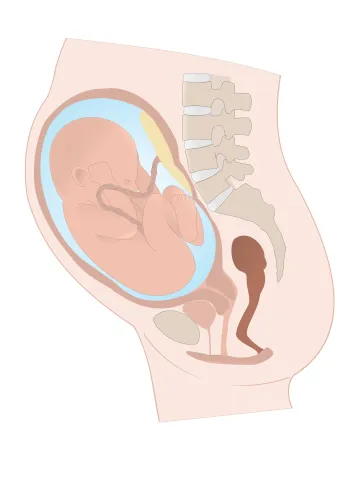Ob-Gyn Coding Alert
ICD-10 2018:
Check Out These Shiny New Maternal Care, Tubal Pregnancy, and Antenatal Screening Codes
Published on Wed Jul 26, 2017

You’ve reached your limit of free articles. Already a subscriber? Log in.
Not a subscriber? Subscribe today to continue reading this article. Plus, you’ll get:
- Simple explanations of current healthcare regulations and payer programs
- Real-world reporting scenarios solved by our expert coders
- Industry news, such as MAC and RAC activities, the OIG Work Plan, and CERT reports
- Instant access to every article ever published in Revenue Cycle Insider
- 6 annual AAPC-approved CEUs
- The latest updates for CPT®, ICD-10-CM, HCPCS Level II, NCCI edits, modifiers, compliance, technology, practice management, and more
Related Articles
Other Articles in this issue of
Ob-Gyn Coding Alert
- ICD-10 2018:
Check Out These Shiny New Maternal Care, Tubal Pregnancy, and Antenatal Screening Codes
Your ob-gyn’s documentation may, in some instances, need to become more specific. If you’ve peeked [...] - Gynecology:
Declare Victory Over Your Vaginal Cuff Repair Cases With This Tip
Keep modifier 78 handy — you may need it. To select the appropriate code for [...] - HIPAA:
Control BAA Breach Problems With 3 Tips
Not every associate is a BA. Your ob-gyn practice’s bottom line is on the chopping [...] - You Be the Coder:
Solve This Subchorionic Hemorrhage Scenario
Question: Patient is 17 weeks and has a “subchorionic hemorrhage.” Do we use O20.8? Our EHR [...] - Reader Question:
Learn When You Should — And Shouldn't — Report 17250 and 57601
Question: When should we bill CPT® code 17250 and CPT® code 57061? Is one of these [...] - Reader Question:
Have a "Converted" Case? Do This
Question: My provider started out performing a LAVH. The procedure converted to a TAH due to: [...] - Reader Question:
Consider These Cytotec Scenarios
Question: My ob-gyn prescribed Cytotec vaginal suppositories after he determined the patient had a spontaneous incomplete [...] - Reader Question:
Check Out This Dermoid Cyst Scenario
Question: Physician performed 49322, and in the process, he determined the cyst was a dermoid. The [...]
View All




